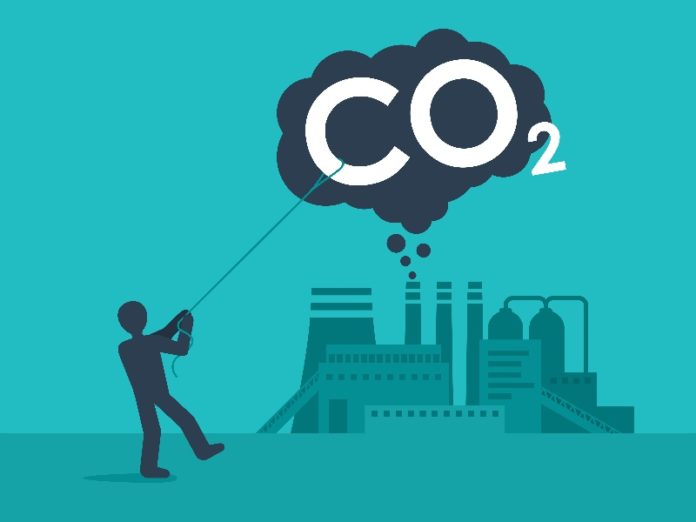
The Harnessing Emissions into Structures Taking Inputs from the Atmosphere (HESTIA) programme will be led by the DOE’s Advanced Research Projects Agency-Energy (ARPA-E).
Selectees will prioritise overcoming barriers associated with carbon-storing buildings, including scarce, expensive and geographically limited building materials.
“There’s huge, untapped potential in reimagining building materials and construction techniques as carbon sinks that support a cleaner atmosphere and advance President Biden’s national climate goals,” stated US secretary of energy Jennifer M. Granholm. “This is a unique opportunity for researchers to advance clean energy materials to tackle one of the hardest to decarbonise sectors that is responsible for roughly 10% of total annual emissions in the United States.”
According to the DOE, greenhouse gas (GHG) emissions associated with material manufacturing and construction, renovation and disposal of buildings at the end of their service life are concentrated at the start of a building’s lifetime.
This is essential to address given the urgency of meeting national energy and environmental challenges.
A snapshot of some of the teams set to develop and demonstrate building materials and net carbon negative whole-building designs includes:
• National Renewable Energy Lab (Fairbanks, AK), which will develop cost-effective, bio-based insulation. The team will combine cellulose with mycelium, the root network of fungi, to create a new class of high-performing, carbon-capturing and storing foams and composites. Award amount: $2,476,145
• Purdue University (West Lafayette, IN), which will develop a transformational “living” wood with the strength of steel, a self-healing capability and combined carbon-sequestering benefits from wood and microbes. Manufacturing living wood is inherently scalable and will promote healthy forest management and a national bio-economy. Award amount: $958,245
• SkyNano LLC (Knoxville, TN), which will develop a composite panel that contains bio-derived natural fibers that exhibits excellent mechanical and functional properties while maintaining a carbon-negative footprint. The technology will enable interior building surfaces to be carbon negative. Award amount: $2,000,000
• University of Pennsylvania (Philadelphia, PA), which will design a carbon-negative medium-size building structure by developing a high-performance floor system with maximized surface area for carbon absorption, using a novel carbon absorbing concrete mixture as building material, 3D printing the parts with a novel concrete mixture and additional bio-based carbon-storing materials. Award amount: $2,407,390
A full and detailed list of HESTIA project descriptions is available.
In addition to the HESTIA program, ARPA-E recently announced $5 million in funding through the HESTIA Exploratory Topic to two universities working to develop the necessary life cycle assessment tools and frameworks associated with transforming buildings into net carbon storage structures.
This announcement from the DOE is the latest from the North American department to mirror US President Biden’s plan to reach zero emissions by 2050.
Other announcements from earlier in the year include the i2X partnership to connect more clean energy to the national grid, $12 million to enhance the country’s cybersecurity and the ‘Building a Better Grid’ initiative, which aims to speed up the modernisation of the country’s energy transmission infrastructure.